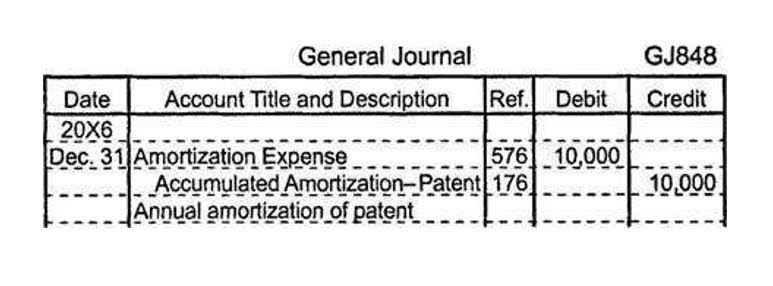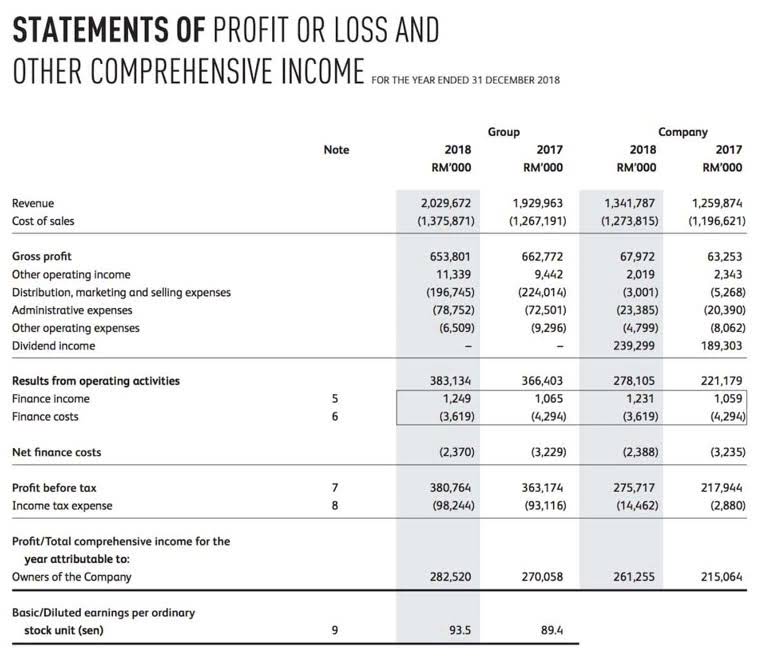
The power of this FIFO inventory costing method is the layer roll-forward schedule that updates after each transaction. This is crucial for businesses managing inventory turnover ratio across multiple channels. For businesses using cloud platforms like QuickBooks Online and Xero, implementing FIFO requires specific considerations we’ll address throughout.
Not permitted under IFRS

Serious investors must understand how to assess the inventory line item when comparing companies across industries—or companies in their own portfolios. If you need multiple types, you can simply create separate sheets for each product. The main reason for adopting FIFO is that this method accurately models the actual movement and value of goods. This would be clear from the values of COGS as well as ending inventory. It’s worth noting that LIFO doesn’t really reflect the actual movement of goods, which is often selling the oldest first.
- When scanners record precise movements, they create auditable pathways supporting financial documentation requirements.
- This means that the business’s oldest inventory gets shipped out to customers before newer inventory.
- Suppose the number of units from the most recent purchase been lower, say 20 units.
- This means that the ending inventory balance tends to be lower, while the cost of goods sold is increased, resulting in lower taxable profits.
- We will also discuss how investors can interpret FIFO and use it to earn more.
- FIFO is an inventory valuation method that stands for First In, First Out, where goods acquired or produced first are assumed to be sold first.
Similar topics in Business Studies
This verifies the formula’s accuracy and uncovers the hidden costs of shrinkage (theft, damage, obsolescence) that purchase and sales data alone cannot reveal. Last in, last out (LIFO) assumes the newest items are sold first, resulting in higher COGS, lower net income, and lower ending inventory value during inflation, which can reduce tax liabilities. Businesses in industries with rising costs or prices typically use the LIFO method. This includes companies dealing with commodities, such as oil and gas firms, or those with inventory that doesn’t deteriorate, like metal or chemical producers. LIFO can offer tax benefits when prices are rising by showing reduced profits on paper. The FIFO method’s logical approach to inventory flow makes cost tracking and calculation easier.

Weighted Average vs. FIFO vs. LIFO: An Overview

However, as we shall see in following sections, inventory is accounted for separately from purchases and sales through a single adjustment at the year end. It is the amount by which a company’s taxable income has been deferred by using the LIFO method. To calculate the Cost of Goods Sold (COGS) using the LIFO method, determine the cost of your most recent inventory. LIFO, or Last In, First Out, is an inventory value method that assumes that the goods bought most recently are the first to be sold. When calculating inventory and Cost of Goods Sold using LIFO, you use the price of the newest goods in your calculations. Milagro’s controller uses the information in the preceding table to calculate the cost of goods sold for January, as well as the cost of the inventory balance as of the end of January.
Understanding the FIFO Method in Financial Accounting
The average cost method, on the other hand, is best for brands that don’t see the cost of materials or goods increasing over time, as it is more straightforward to calculate. Therefore, we can see that the balances for COGS and inventory depend on the inventory valuation method. For income tax purposes in Canada, companies are not permitted to use LIFO. As we will discuss below, the FIFO method creates several implications on a company’s financial statements.
- Calculate the value of Bill’s ending inventory on 4 January and the gross profit he earned on the first four days of business using the FIFO method.
- When using FIFO, we pick the units that were acquired first and use the cost of those units first.
- Compared to FIFO and LIFO, it is slightly easier since you’ll use the same COGS calculation for each unit sold.
- Consider bookmarking or building a simple FIFO method calculator to quickly verify your accounting system’s calculations during month-end closing or when implementing new inventory valuation methods.
- We’re a headhunter agency that connects US businesses with elite LATAM professionals who integrate seamlessly as remote team members — aligned to US time zones, cutting overhead by 70%.
When a company selects its inventory method, there are downstream repercussions that impact its net income, balance sheet, and its requirements for tracking inventory. The pros and cons listed below assume the company is operating in an inflationary period of rising prices. When sales are recorded using the LIFO method, the most recent items of inventory are used to value COGS https://orizzontepalinuro.it/what-is-double-entry-bookkeeping-2/ and are sold first. In other words, the older inventory, which was cheaper, would be sold later. In an inflationary environment, the current COGS would be higher under LIFO because the new inventory would be more expensive. As a result, the company would record lower profits or net income for the period.
Excel for Inventory Management: FIFO/LIFO Analysis

This method ensures that older styles or models are accounted for as sold before newer ones, reflecting the actual movement of goods and reducing the risk of holding outdated inventory. The alignment of FIFO with the physical flow of goods in these industries makes it a practical and intuitive method for inventory valuation and cost accounting. FIFO impacts financial statements by typically reporting higher profits during inflation. It results in lower cost of goods sold and higher ending inventory values on the balance fifo inventory method formula sheet. This method often leads to more current inventory valuation and can affect key financial ratios used by investors and analysts.
Whether or not you actually sell your items in that order doesn’t matter as long as you use that approach for figuring out your cost of goods sold, gross profit, and inventory value. The FIFO method is popular among businesses because of its accuracy and higher recorded net profits. If you choose to opt for the FIFO inventory valuation method, your business will comply with the IFRS and present a more realistic picture to potential investors or Retail Accounting buyers.

Each method impacts financial statements differently, particularly regarding cost of goods sold formula, gross profit, and ending inventory value. The FIFO method has specific implications for accounting practices, influencing how inventory costs are recorded and reported. Accurate accounting using FIFO ensures that financial statements reflect the actual cost flow of inventory, providing a true representation of a company’s financial health. This section explores the intricacies of recording FIFO in accounting books, its impact on the cost of goods sold (COGS), and how it aligns with financial reporting standards such as IFRS and GAAP.
- We will use the cost of the most recent batch first, which means that 50 of the candles cost $7 each.
- First in, First out inventory method is compliant with IFRS and GAAP, which makes it ideal for companies with global operations or aspirations.
- To apply the FIFO method to inventory valuation, precise steps are followed.
- Both GAAP and IFRS accept the FIFO accounting method because it logically matches how many businesses actually sell their inventory and provides realistic valuation of remaining stock.
- Companies may find themselves paying more in taxes without a corresponding increase in cash flow, potentially straining their financial resources.
- Using the FIFO inventory valuation method, you assume the first 1,000 sold cost $1 per unit, and the remaining 500 cost $2 per unit.
Cost Accuracy
This means that goods purchased at an earlier time are usually cheaper than those same goods purchased later. By using FIFO, the balance sheet shows a better approximation of the market value of inventory. The latest costs for manufacturing or acquiring the inventory are reflected in inventory, and therefore, the balance sheet reflects the approximate current market value. Now, it is important to consider the impact of using FIFO on a company’s financial statements. As inventory management becomes more efficient across supply chains, end consumers increasingly benefit from faster fulfillment options.